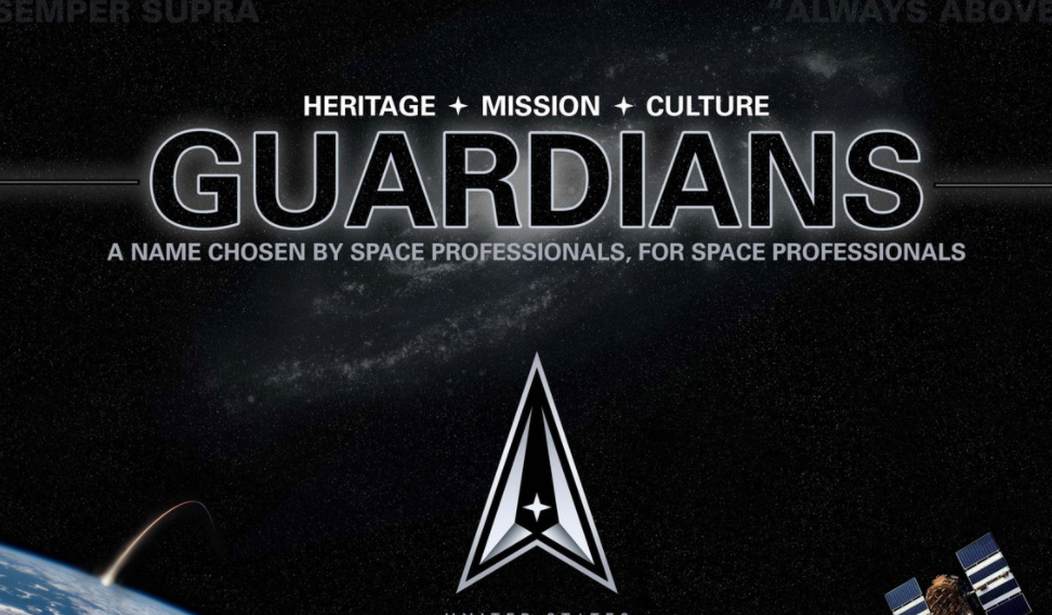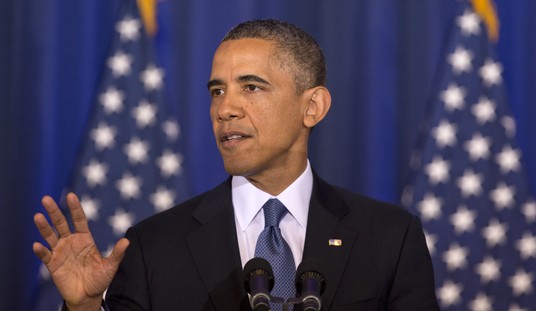The U.S. Space Force, the newest branch of the military, is beginning to step out of the shadows as threats multiply and war with China and/or Russia becomes more than a theoretical exercise.
Formed in 2019 at the direction of Donald Trump, the Space Force has 15,000 military and civilian members working to monitor and combat threats to U.S. security coming from outer space. With a budget of $30 billion and bases all over the world, the Space Force may be small but its mission is critical to our national defense and warfighting capabilities.
“We don’t want anyone to get the impression that we’re trying to be offensive in nature,” said Col. Raj Agrawal, whose unit is known as Delta 2, which tracks every single man-made object in orbit. But he added, “You can’t show resolve without the ability to attack.”
Last year, China put in orbit more than 250 intelligence satellites, giving it 500 sets of eyes in space. The birds fly at different altitudes with some in low earth orbit passing over the U.S. several times a day while others are in geosynchronous orbit 22,000 miles above the earth.
The U.S. probably has a similar number of intelligence satellites orbiting the Earth with better optics and superior sensors. But China is catching up. And if a war breaks out, China may have an edge in its ability to "kill" U.S. satellites or blind them temporarily.
"The Pentagon relies on space systems for almost everything it does: collecting and disseminating intelligence to assist with troop and ship movements, communicating, and finding adversary battle formations and targeting them," reports the Wall Street Journal. That means that any interruption in those communications could prove to be catastrophic for U.S. forces on the ground.
“China is able now to detect, track, target, and kill U.S. forces,” said Jay Raymond, a retired general who served as Space Force’s first chief.
China is also looking for ways to disable U.S. satellites. It is planning to field ground-based weapons that can destroy satellites at up to 22,000 miles above the earth’s surface, Space Force officials say. China has also demonstrated the ability to use a spacecraft to move another satellite from its position.
Despite Russia’s reliance on outdated technology, U.S. officials call Moscow a real, if lesser, threat to U.S. assets in space. Moscow, like Beijing, has demonstrated its ability to strike satellites using ground-based missiles. And since at least last year, Russian satellites have been parking on orbit near U.S. and Western commercial communications satellites, perhaps in an effort to disturb their function.
Last year, Washington hit the panic button when Russia launched an anti-satellite weapon that could be configured to carry a nuclear device. Nuclear weapons are banned in space, but Russia has always taken the approach that "It's better to ask for forgiveness than permission." If it believes it can use the weapon to kill and/or blind numerous U.S. satellites, it will deploy it.
The U.S. is countering this move by launching a large number of satellites in different orbits. If a number of satellites are lost, the network will continue to operate.
We are also developing weapons ("fires") to protect our own birds and kill the enemy's. “We need space fires to enable us to establish space superiority,” Gen. Stephen Whiting, the head of U.S. Space Command, the Pentagon’s combat command for space, said at a conference last month.
Naturally, there's been friction between the Space Force and other Pentagon agencies when it comes to overlapping responsibilities. Some intelligence jobs have now become the responsibility of the Space Force. The National Geospatial-Intelligence Agency has been the agency responsible for tasking satellites from the military and intelligence communities.
“There’s friction, but that’s what happens when there’s overlapping responsibilities,” Space Force chief Gen. B. Chance Saltzman told the Journal.
In campaign speeches, Trump—the Republican presidential nominee—touts his creation of Space Force as a key accomplishment and has promised to create a Space National Guard, which he says would serve as a combat reserve for the service. Vice President Kamala Harris, the Democratic nominee, who chairs the White House’s National Space Council, has called the works of its Guardians “critical to America’s national security.”
Still, even after five years, public knowledge of America’s newest armed service is thin. Brig. Gen. Anthony Mastalir, the top Space Force officer at U.S. Indo-Pacific Command, says he still encounters quizzical civilians who see the words “U.S. Space Force” stitched in blue on his camouflage uniform.
“‘Is Space Force a real thing?’” he says people ask him. “I get that question all the time.”
Space Force is, indeed, a "real thing." And if war ever breaks out between the U.S. and China or Russia, we'll all be thankful for its service.










